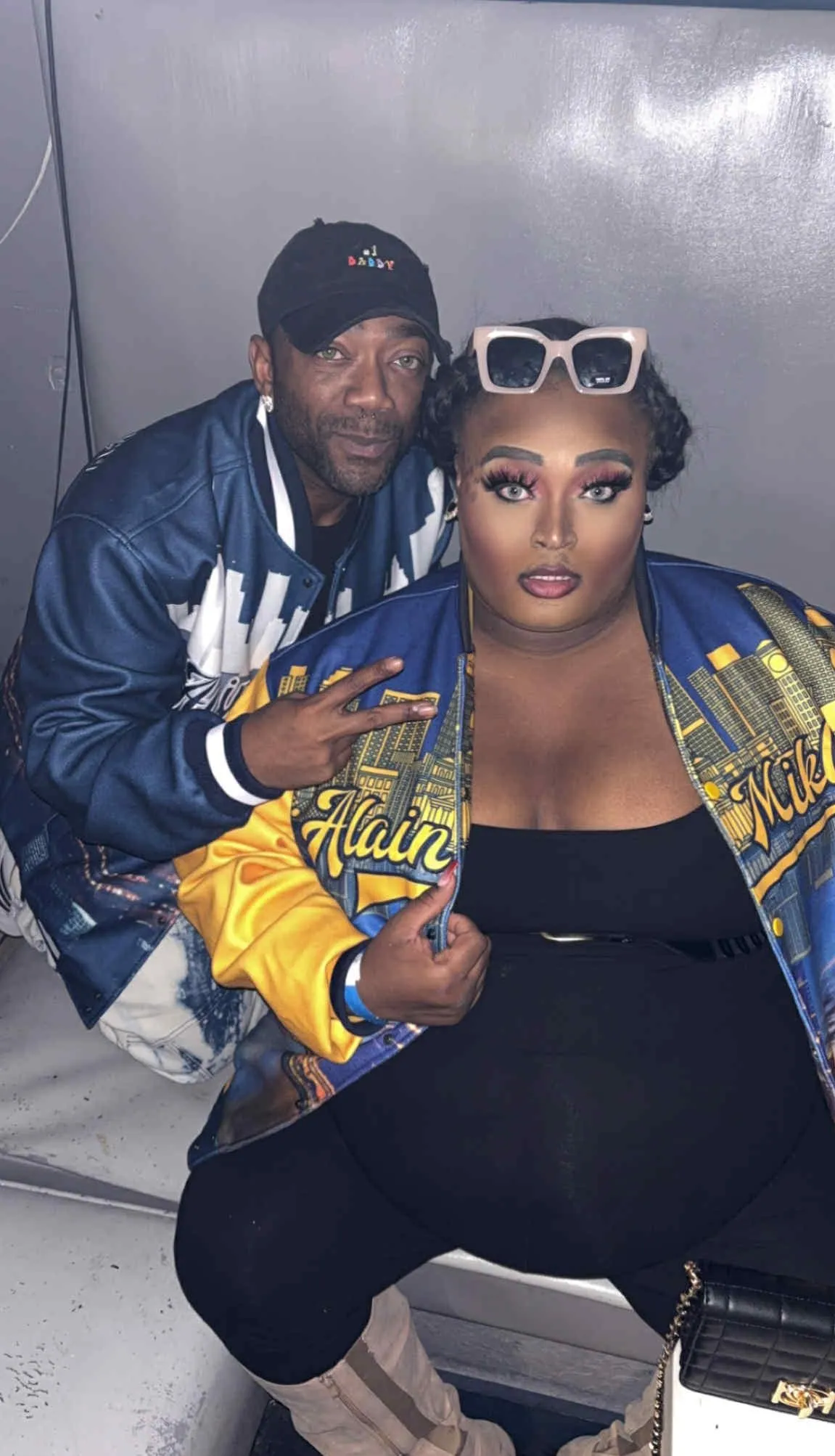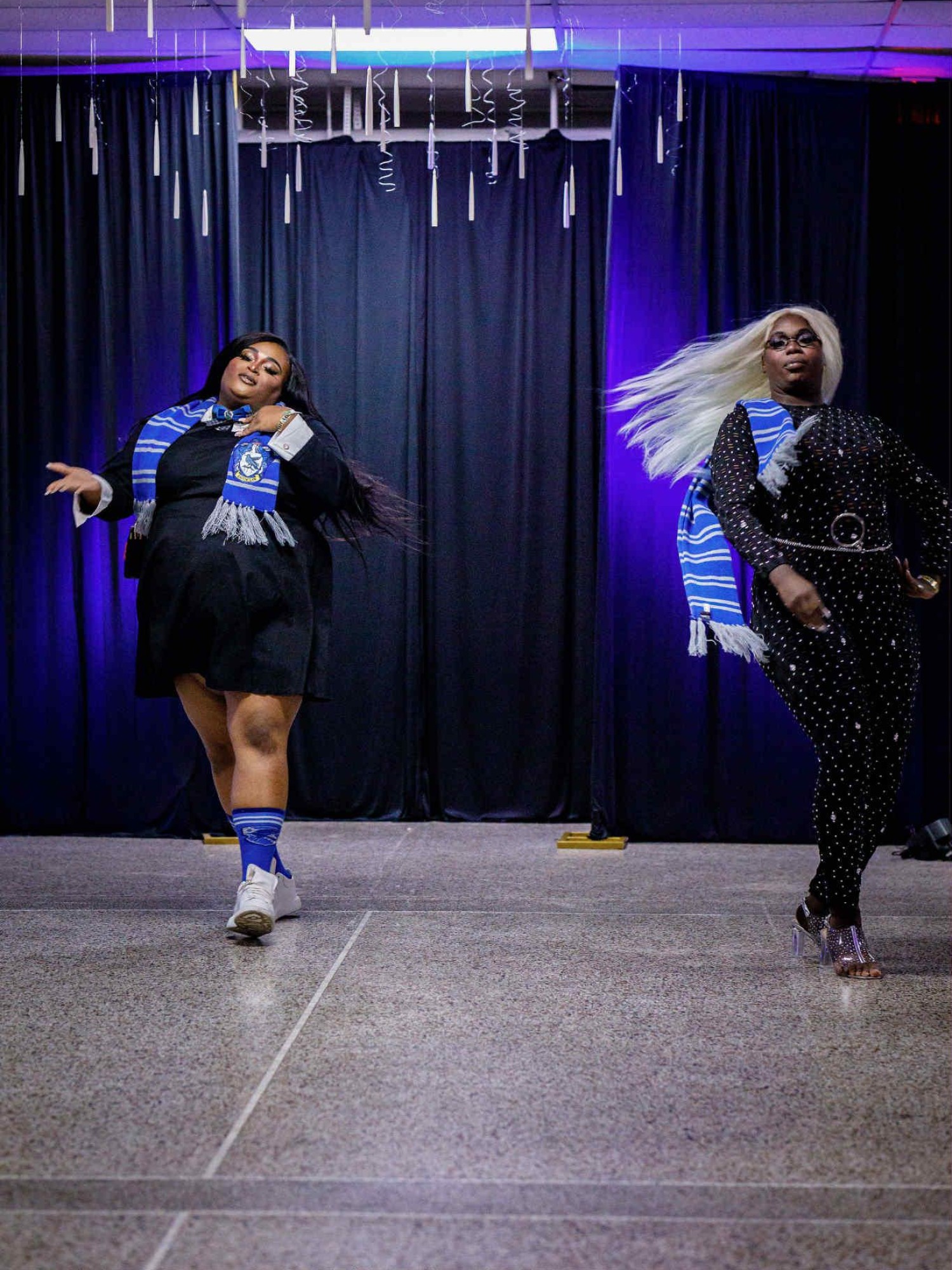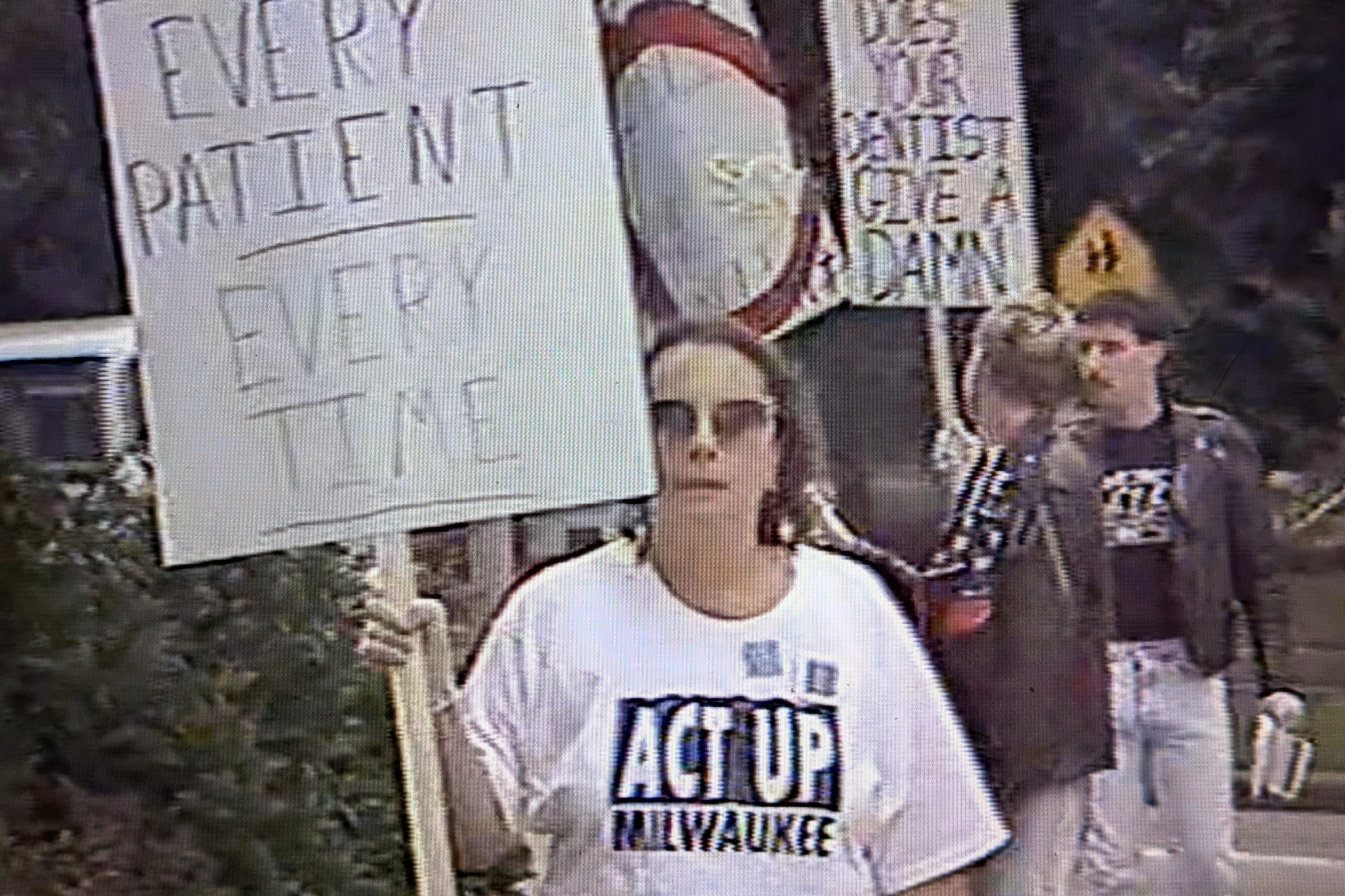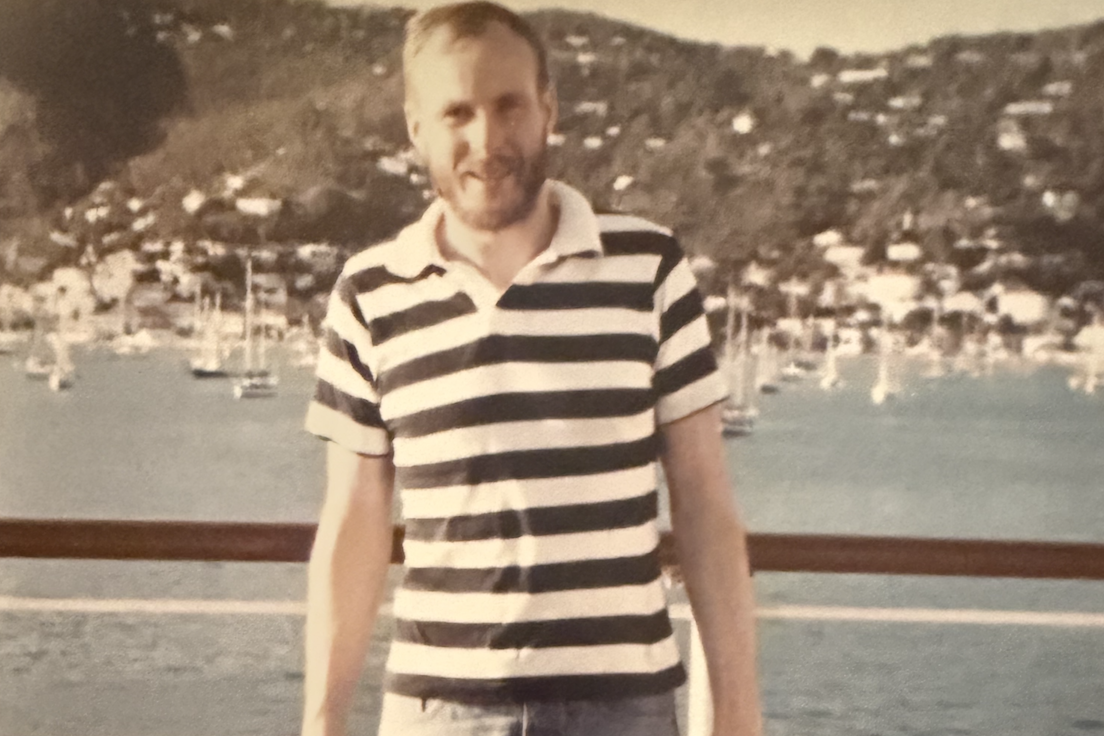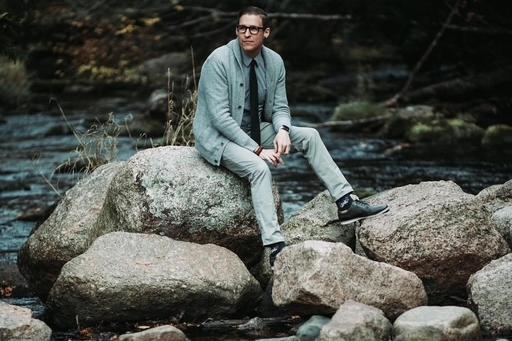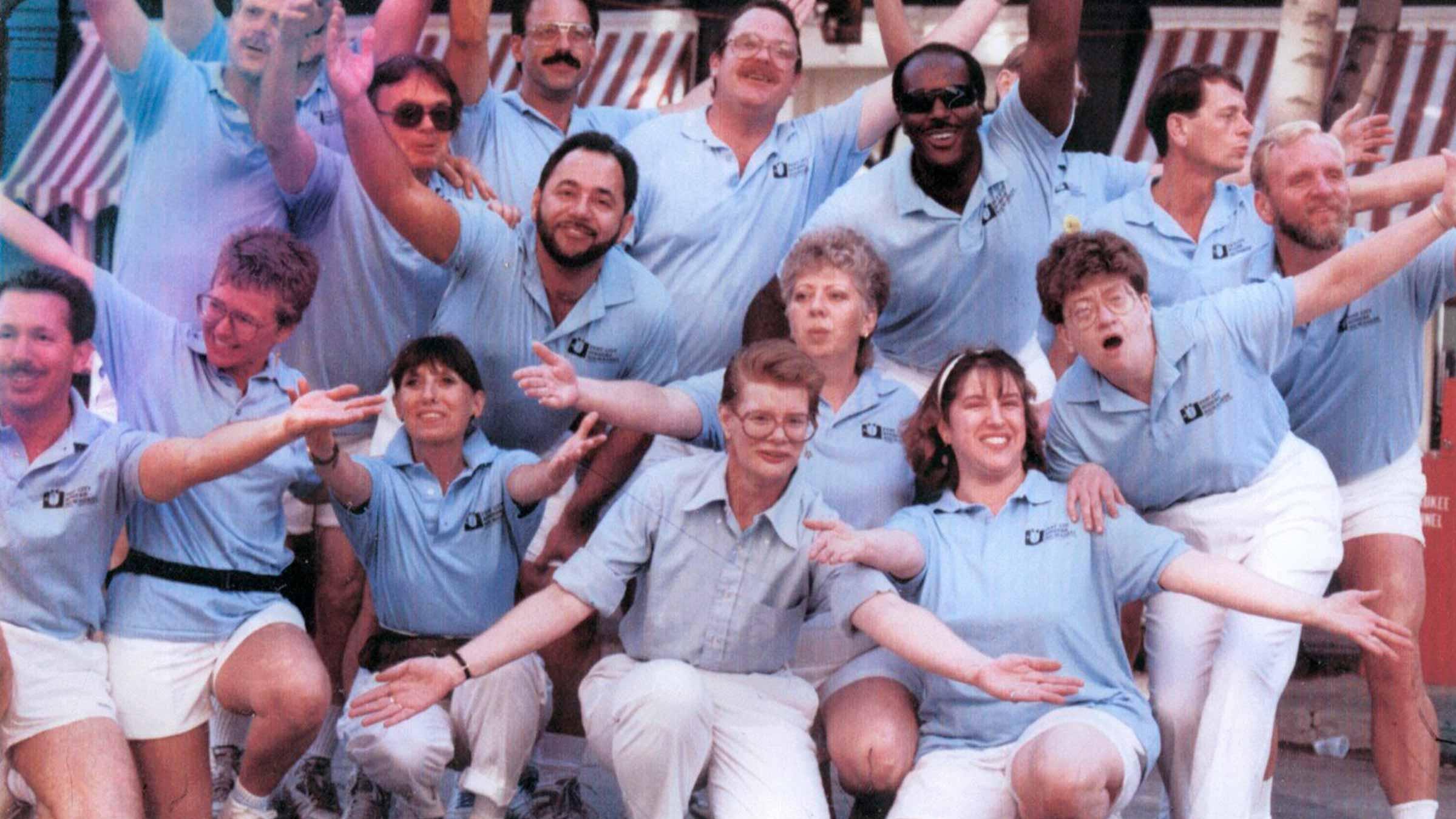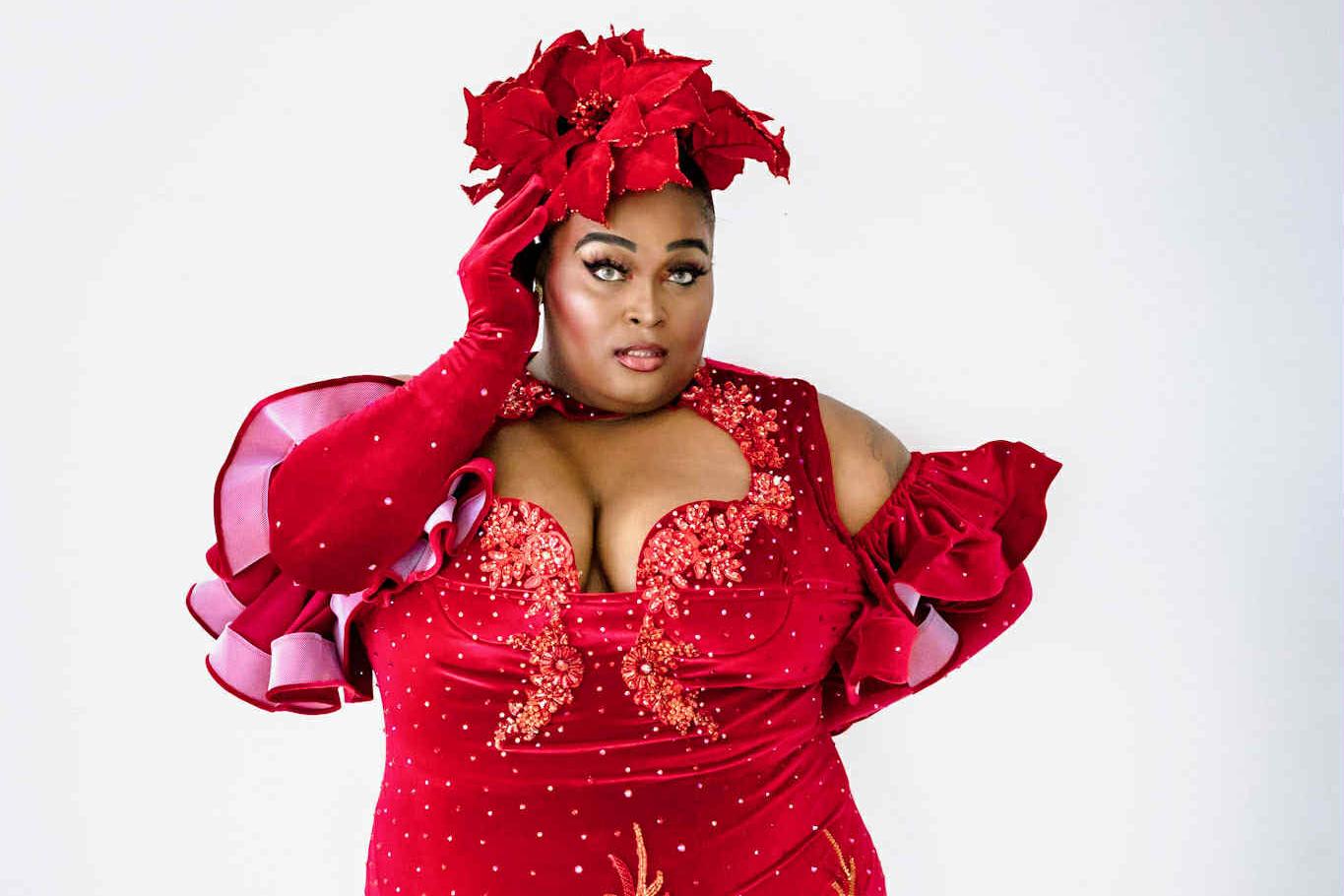
Aaleh Hughes: the Statement and the Sanctuary

"Ballroom is more than a performance space — it’s a sanctuary."
In a world where chosen families often hold us together when the world tries to pull us apart, Ballroom culture has long been a beacon of resilience, artistry, and unapologetic self-expression for Black and Brown LGBTQ people.
In Milwaukee — a city still fighting for its QPOC communities to be seen and supported — one leader stands as both a mother, a mentor, and a movement-maker: Aaleh Hughes, better known in the Ballroom as The Statement Miss Lay Lay 007.
“Ballroom’s becoming bigger than life — in commercials, awards shows, and more. People should get to know us now, before we hit the big screen.”
Events like Vogue Nights MKE and Ballroom Therapy aren’t just parties — they’re intentional, healing spaces where QPOC individuals reclaim their power and express themselves boldly and unapologetically.
And with the Milwaukee scene actively participating in local LGBTQ+ initiatives, the culture is seeping into the broader community fabric in meaningful, restorative ways.
A vision for the future
Aaleh dreams big for her city. “I see Milwaukee’s Ballroom community evolving into the new era Mecca of Ballroom in the Midwest,” she predicts. That future depends on resources, visibility, and institutional support.
Aaleh lays out a clear blueprint: dedicated funding for events, mentorship programs, health services, career pipelines, and a seat at every table where LGBTQ policy is shaped.
Allies, too, have a role to play — not just during QPOC Month but year-round.
“Show up to balls and workshops not just to be entertained, but to engage and celebrate QPOC resilience,” Aaleh urges.
Support means paying entry fees, donating when possible, sharing event info, and using your platforms to uplift Ballroom voices.
A message to the world
If Aaleh could send one message about Milwaukee’s Ballroom culture to the world, it would be this:
“Milwaukee’s Ballroom scene is a vibrant, resilient force where Black and Brown LGBTQ individuals come together to create family, express truth, and reclaim power. It’s more than a performance space — it’s a sanctuary, a platform, and a movement rooted in love and community. Despite limited resources, we shine with strength and authenticity."
"Our voices matter, our stories matter, and Milwaukee Ballroom is here to thrive and shine bigger than ever.”
Miss Lay Lay 007 has spoken. And trust — Milwaukee’s Ballroom scene isn’t just alive, it’s a force. And it’s only getting started.
Note: this story will also appear in the July/August Pride in Color issue of Our Lives Magazine.
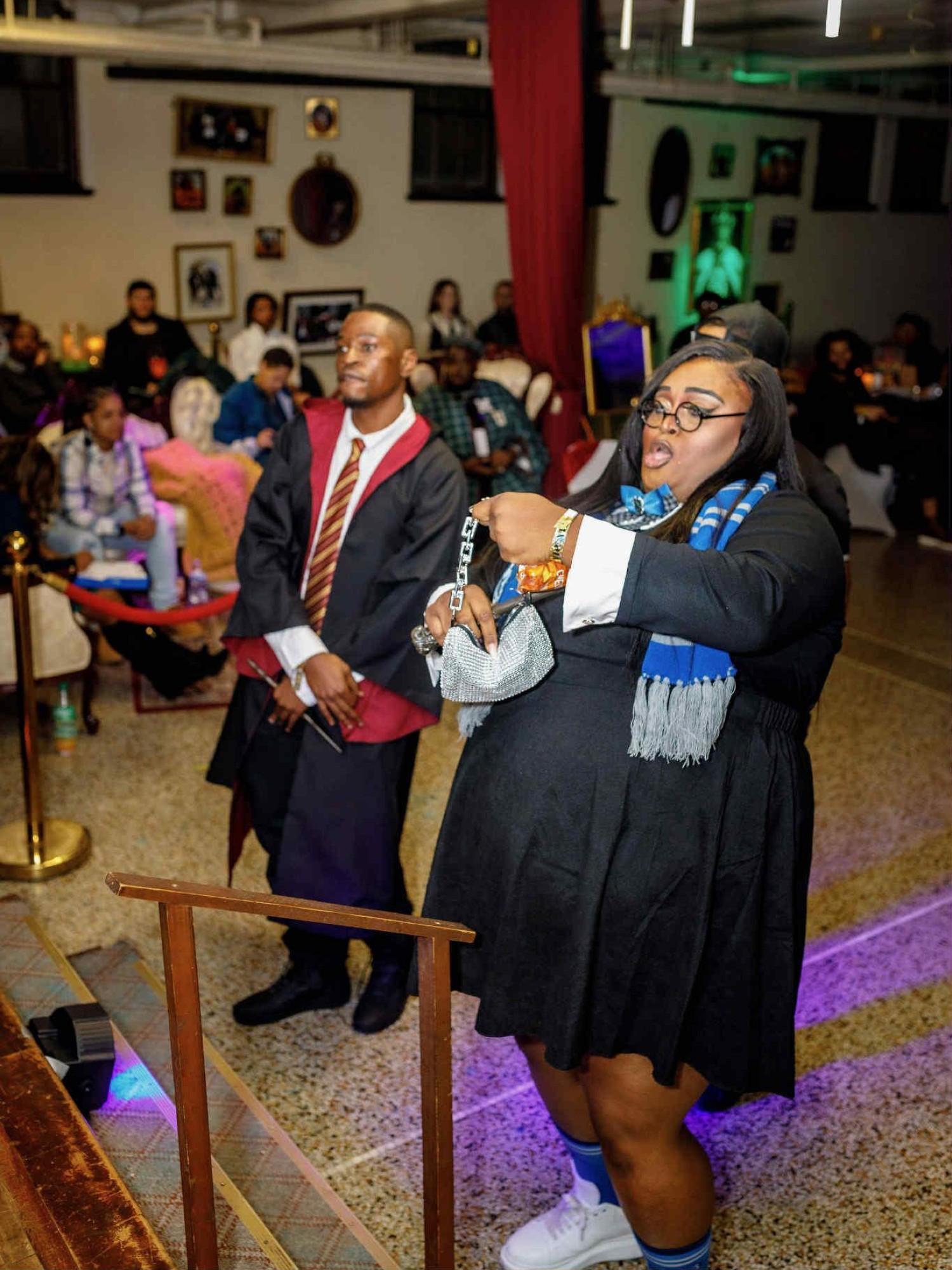 The Statement Miss Lay Lay 007
The Statement Miss Lay Lay 007
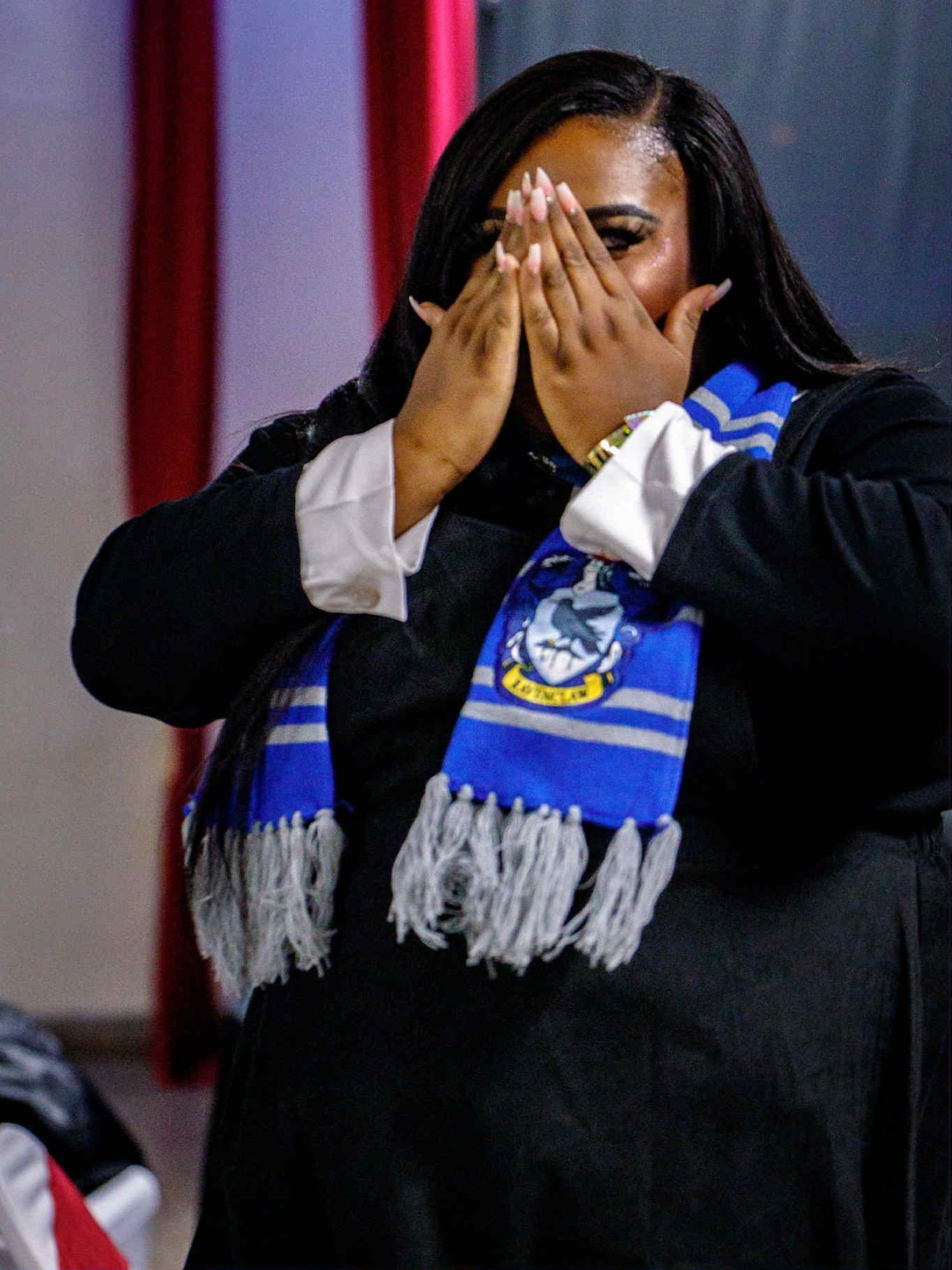 The Statement Miss Lay Lay 007
The Statement Miss Lay Lay 007
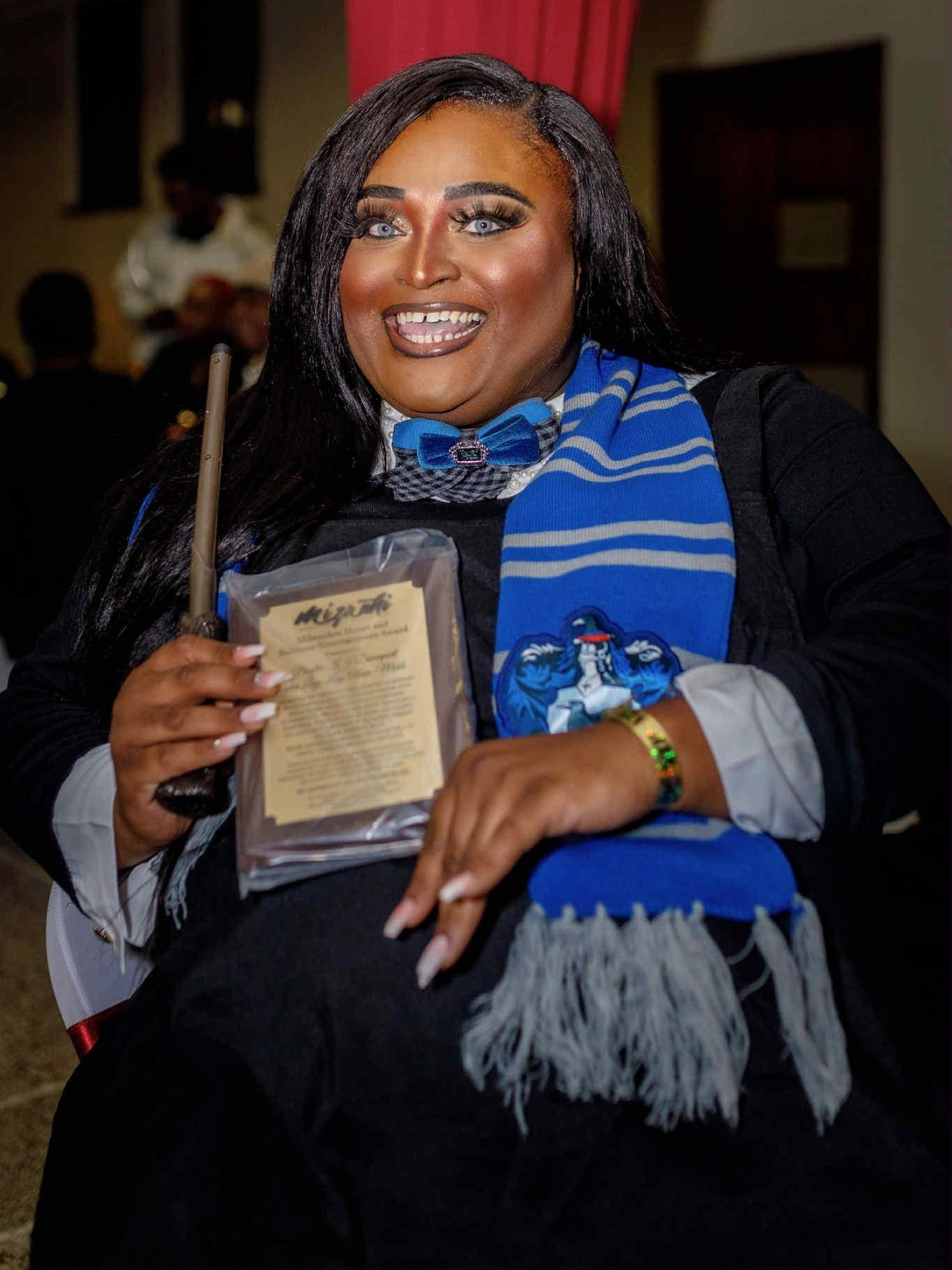 The Statement Miss Lay Lay 007
The Statement Miss Lay Lay 007
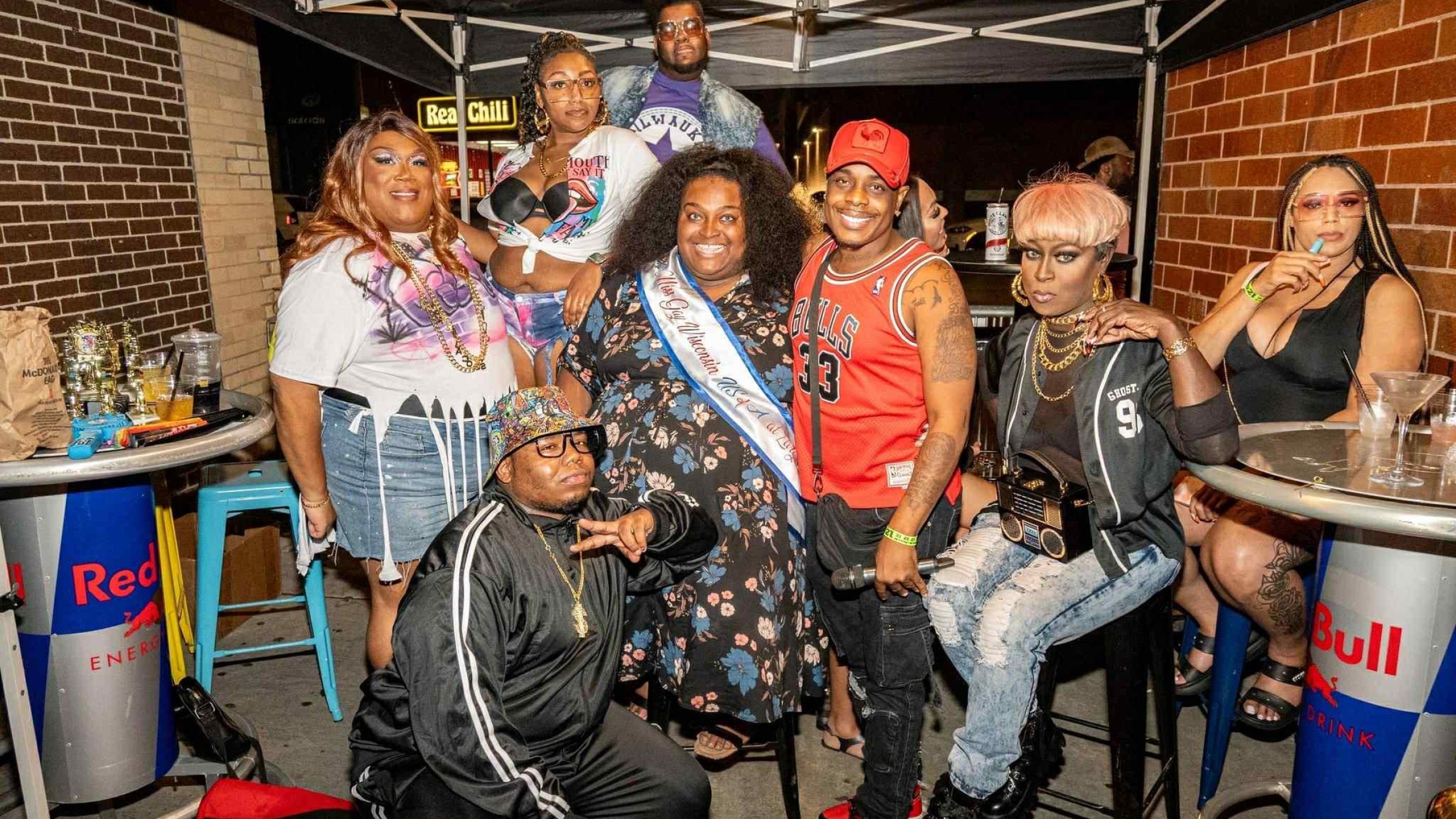
recent blog posts
December 01, 2025 | Dan Fons
December 01, 2025 | Garth Zimmermann
November 28, 2025 | Michail Takach
The concept for this web site was envisioned by Don Schwamb in 2003, and over the next 15 years, he was the sole researcher, programmer and primary contributor, bearing all costs for hosting the web site personally.
